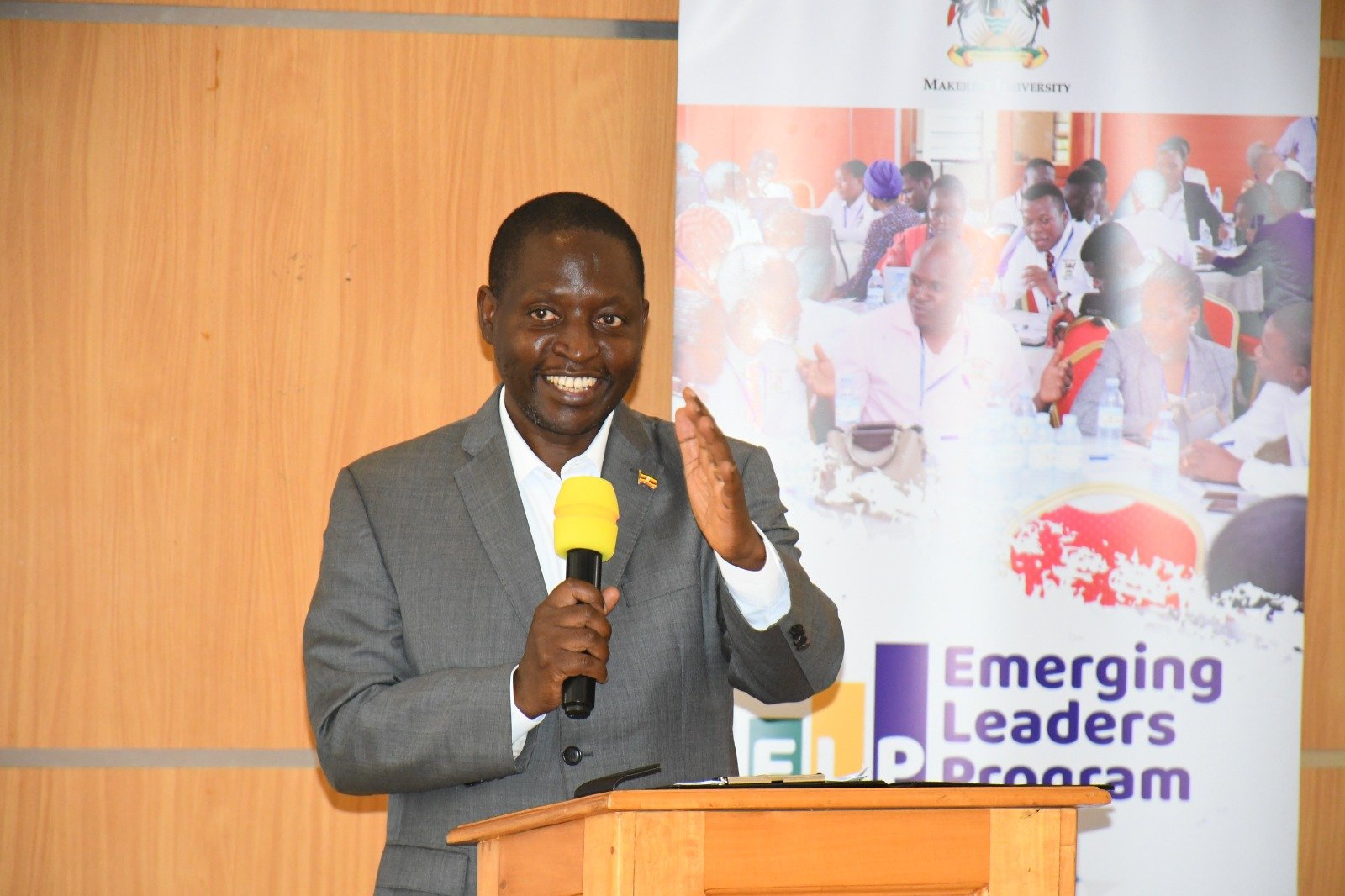On January 5, Peter (not real name), was rushed to a private medical facility in Kampala in critical condition after testing positive for COVID-19.
Just like most Covid-9 patients, Peter was desperately gasping for breath.
The hospital where Peter was admitted had just run short of oxygen supply. The oxygen cylinders had been taken to Oxygas for refilling.
By the time Peter secured oxygen, he had already slipped into coma.
Medical oxygen is a lifesaving commodity, the lack of which can lead to severe complications and death.
“It has been estimated that around one in five people with COVID-19 suffers respiratory distress sufficient to require oxygen therapy,†says Dr Priyanka Relan, a COVID-19 clinical management expert at WHO.
“Without that therapy, COVID-19 can be fatal.â€
At the onset of the COVID-19 outbreak, medical oxygen plants, cylinders and accessories had to be imported by air to deal with the emergency situation.
Securing the future of oxygen in Uganda
However, this situation is set to change as the National Medical Stores (NMS) moves to install a state-of-the-art gas plant at its new state-of-the-art pharmaceuticals warehouse in Kajjansi off Entebbe road.
“Many hospitals are asking for oxygen and currently they are competing with welders who pay cash,†said NMS General Manager, Moses Kamabare.
“If you don’t pay cash, it is hard to get oxygen. We now want to secure the future of oxygen in Uganda with a new plant capable of producing 100 cylinders per day,†he added.
The structure, which will house the gas plant, in Kajjansi is almost complete.
Kamabare said the gas will be supplied to public hospitals across Uganda as well as private facilities.
“During that time when all other oxygen plants are working well and have enough oxygen, ours will be for the private sector,†he added.
“At no time should a Ugandan die because of lack of oxygen,†said Kamabare.
Currently, Mulago National Referral Hospital has four new fully functioning Oxygen Plants which are able to generate 2,083 liters of oxygen per minute.
In 24 hours, the Mulago plant can generate about 2,999,520 liters of oxygen which in normal circumstances can serve about 900 patients.
The four are part of the seven plants procured by the Ministry of Health to meet the oxygen needs in the country.
However, the majority of public and private not-for-profit facilities in Uganda do not have sufficient availability of oxygen and pulse oximeters.
The last Uganda Services Availability and Readiness assessment conducted by the Health Ministry showed that only 36% of facilities offering services for chronic respiratory diseases had oxygen.
The proportion of oxygen systems availability was even lower when facilities were assessed on availability of diagnostic equipment.
Availability dropped further when assessment looked at staff trained on oxygen equipment which was lowest at general hospital and HCIVs compared to regional referral hospitals.
Works underway
At NMS’ pharmaceutical warehouse in Kajjansi, floor works will include setting up a rump at the filling station for easy transportation of refilled cylinder from the plant.
The modern medical oxygen plant will allow clients to generate their own oxygen for their medical-grade requirements like EMS (Emergency Medical Services), ambulance, fire departments, small hospitals, clinics, nursing homes, veterinary and animal hospitals among others.
The plant is mounted over a platform and acquires less space. With a simple mounting of plant, and plugging it in to a standard electrical outlet, NMS will be able generate medical-grade oxygen to fill cylinders on-site.
Within a short period of time, NMS will be able to have emergency oxygen available for any increase in unexpected demand.
Contractors expect installation works to be complete by end of this year.
Dr. Moses Muwanga, the Director Entebbe Hospital, recently said a covid-19 patient in critical condition consumes about two oxygen cylinders a day.
“And we can only refill these cylinders from the manufacturers in Namanve or other facilities or even Nakasongola when the Namanve plants are down,†said Dr Muwanga.
Suppliers sell a full oxygen cylinder between Shs 40,000 and Shs 50,000. It has been very costly for critical COVID-19 patients to foot bills for the oxygen consumed while in ICU.
But with NMS being able to produce oxygen, the cost will be reduced substantially. The process of filling and transporting of gas will be simplified too.
NMS General Manager, Moses Kamabare said the gas distribution process can be simplified with the last mile system of distributing medicines and other health supplies directly to their final destination.
“Once the cost of distribution is fully resolved, the country will be well served with oxygen,†said Kamabare, adding, “The advantage here is that NMS has already developed capacity for production of oxygen.â€
The installation of the medical oxygen plant underscores NMS’s increasingly enhanced capacity for generating internal revenue given the declining contribution from development partners.
Revenue from the oxygen plant will serve as a new revenue stream to supplement resources from government and development partners.
NMS’ new strategic plan is premised on repositioning the institution as a center of excellence in Essential Medicines and Health Supplies and cold-chain supply in the region.
“The business model adopted by NMS will employ financial viability of business enterprise. The current strategic plan is based on strategic paradigm shift from government financing and pump priming to market oriented operations where NMS introduces a business arm which operates as an entity capable of recruiting staff, financing operations, provide services, make some profit and sustain her operations without entirely depending on government subvention,†said Kamabare.
“The model makes a departure from the current system where NMS operates as an MDA and fully financed by a consolidated fund. By being recognised as centre of excellence, we expect to attract trainees across the region who will need to pursue courses in coaching, mentorship and change management in the field of procurement of EMHS and cold-chain supplies. Our target is to create a competitive demand for NMS as a Hub of learning in the region,†he added.















